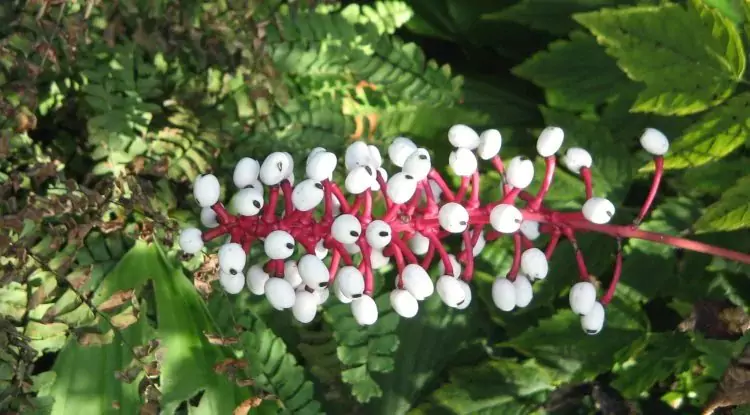White Baneberry, Doll's Eye Plant, Bears Poisonous Fruit!
Have you ever seen berries like scary doll eyes? This is one of the poisonous plants in the world!

The diversity of nature is extraordinary; both flora and fauna always have their own uniqueness. One of them is a berry plant that has a scary shape. How could it not be, it looks like a protruding eyeball. Curious? Check out the explanation below!
Actaea Pachypoda, or White Baneberry, is a member of the Buttercup family (Ranunculaceae). Having beautiful flowers, this plant originates from eastern North America, Eastern Canada, and the United States. Usually found in hardwood stands in forests.
It is named White Baneberry because this plant produces white berries at the end of summer. Actaea Pachypoda can grow to more than 50 cm with hairless green stems. The leaves grow alternately on the stem, i.e., not in pairs or opposite one at a time. The edges of the leaves are sharp and rough. Green in summer, turning yellow in autumn.
The flowers have teeth and white oval fruit-like berries in general, only there is a black dot in the middle of the fruit, which makes this plant unique and is nicknamed the doll's eye plant. Has pollen but lacks nectar. The pollen is collected by short-tongued bees of the Halictid species. White Baneberry can grow in dense forests, ravines, steep cliffs, or the bottom of cliffs.
The doll's eye plant is included in the berries. However, the fruit and roots cannot be consumed by humans because they contain high and dangerous cardiogenic toxins. The cardiogenic effect of Baneberry can attack muscle tissue and cause death. If eaten directly, it can cause hallucinations and respiratory paralysis with symptoms of severe stomach cramps, diarrhea, and headaches.
Humans can't be friends with these doll eyes, but it doesn't rule out the possibility that there are some animals that can still interact with them, such as several species of Ruffed Grouse, Yellow-bellied Sapsucker, and American Robin. These birds are immune to its poison. White-footed mice can also apparently consume these poisonous berries.
That's a short review of the White Baneberry, a doll-eyed plant that apparently stores a lot of poison in every part of the plant.
White Baneberry Images | commons.wikimedia.org
